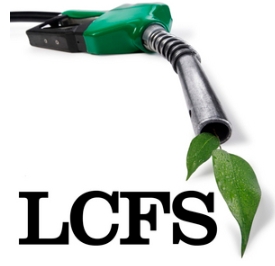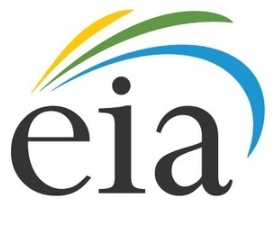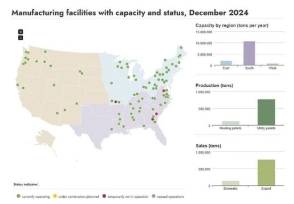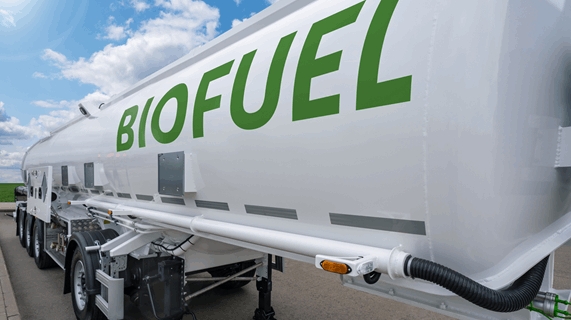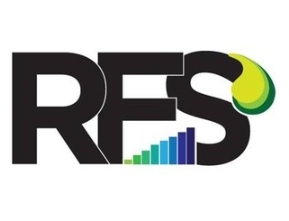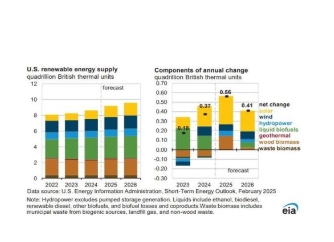Australia’s Fortescue Metals Group said on Monday it will aim to become carbon neutral by 2030, 10 years ahead of its earlier target, and tie pay across the company to emission-based objectives.
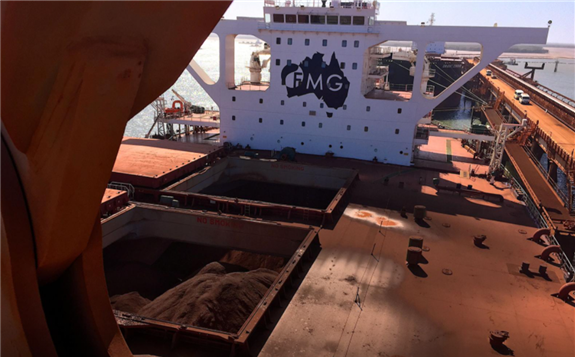 FILE PHOTO: The logo of Australia's Fortescue Metals Group (FMG) can be seen on a bulk carrier as it is loaded with iron ore at the coastal town of Port Hedland in Western Australia, November 29, 2018. Picture taken November 29, 2018. REUTERS/Melanie Burton/File Photo
FILE PHOTO: The logo of Australia's Fortescue Metals Group (FMG) can be seen on a bulk carrier as it is loaded with iron ore at the coastal town of Port Hedland in Western Australia, November 29, 2018. Picture taken November 29, 2018. REUTERS/Melanie Burton/File Photo
The announcement, which includes direct and indirect emissions, comes as peers Rio Tinto and BHP Group also step up their drive towards renewable energy, and investors increasingly clamour for accountability to ensure firms disclose, track and meet emissions targets.
Rio Tinto last month set out new targets to lower the emissions of its customers, mostly the heavily polluting steel industry, following the examples of BHP Group and Glencore, and added climate change targets to short-term incentive plans.
Unlike its peers, Fortescue does not disclose estimates of customer emissions, arguing that would be double counting under United Nations framework, which mandates nations take responsibility for emissions within their borders.
The world’s fourth-largest iron ore miner said it will incorporate carbon emission targets into its formal remuneration structure, including short- and long-term incentives across the company.
Fortescue said it will focus more on green energy and that its unit Fortescue Future Industries will develop green electricity, green hydrogen and green ammonia projects in Australia.
Green hydrogen is a zero-carbon fuel made by electrolysis, using renewable power from wind and solar to split water into hydrogen and oxygen. It is increasingly promoted as a way to decarbonise emissions-intensive heavy industry and transport sectors.
“While our green energy and industry initiatives may one day significantly outscale our iron ore business due to the globaldemand for renewable energy, our commitment to iron ore and resources globally remains indefeasible,” Chairman Andrew Forrest said.
Emissions data and performance against targets will be reported annually as part of Fortescue’s annual reporting. Baseline and annual emissions data will be calculated on a financial year basis.
